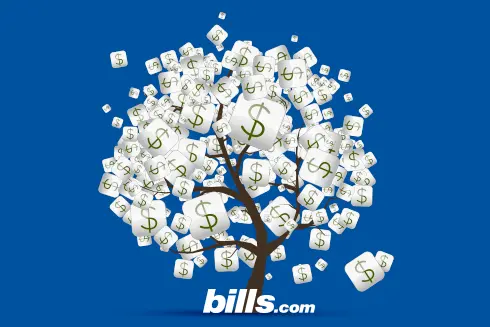Connecticut Mortgage Rates

Comparing Connecticut
In order to help you see how Connecticut mortgage rates compare with National rates, check out the following rate table from the industry website mortgagenewsdaily.com. These rates represent national averages and are based on specific loan assumptions.
Shopping for Best Mortgage Rates in Connecticut
It is important to shop around for the best terms. Make sure that you compare rates, lender fees and learn about third party fees. When comparing mortgage offers check out the term (length), interest rate (fixed vs. variable), and if applicable the cost of mortgage insurance. Get more information about mortgage rates and mortgage fees. Also, FHA loans, which always require mortgage insurance, differ from conventional loans, which require Private Mortgage Insurance (PMI) if your loan to value ratio (LTV) is over 80%. Make sure that you use all of your costs when comparing loans.
Qualifying for a Mortgage in Connecticut
In order to qualify for the best mortgage rates in Connecticut it is important to have an excellent credit score. Also, you want to make sure that your debt to income ratio (DTI) and your downpayment or equity position , your loan to value ratio (LTV) are sufficient to qualify. Read this Bills.com article about qualifying for a mortgage.
Mortgage Resources for Connecticut
Connecticut is the twenty eighth most populous US state. According to the US census, as of 2017, there is an estimated population of over 3.9 million residents, which represents 1.2% of the US population.
According to Wikipedia, the major industries in Connecticut are finance and insurance, real estate, and manufacturing. Some of the big employers include "The Hartford, Travelers, Cigna, Aetna, Mass Mutual, People's United Financial, Royal Bank of Scotland...Realogy and William Raveis Real Estate...and United Technologies Corporation, and Lockheed Martin subsidiary Sikorsky Aircraft."
According to the FHFA May 2017 Refinance Report, Connecticut's share of HARP loans was 1.1%. However, about 5.6% of all HARP loans were over 125% LTV. Connecticut’s unemployment rate was about 5% in July 2017 vs. a 4.3% national rate. Connecticut's median household income was $71,346 vs. $55,775 nationally.
Based on 2015 HMDA data, Connecticut compared to National loan program distribution, had a slightly similar percentage of refinance loan (47% vs 46% nationally). Conventional loans were a larger percent of loans in Connecticut, (75% vs 69% nationally) and , and VA loans (5% vs 10% nationally) were considerably lower/p>
Here are some outside resources that can help you understand the Connecticut mortgage environment:
- FHA loan amounts in Connecticut: (note:set the table to Connecticut). There are 8 counties in the state of Connecticut. None of the single family units meet the Highest loan limit, currently at $636,150. Also, none of the of the counties are at the Standard loan limit, currently at $275,665. All of the counties were in between those limits.
- FHFA Conventional Loan Amounts: Check the pdf from FHFA for all states and search for Connecticut and your county or check out the FHFA conforming limit map. Since the FHFA has higher base limits than the FHA, currently at $424,100, 88% of the counties are within this limit. None of the counties meet the higher limits, so the remaining 12% were in between the two limits.
- Connecticut Mortgage Programs: The Connecticut Housing Finance Authority (CHFA) aims to create affordable housing opportunities for families and individuals in Connecticut. Among their programs are Downpayment Assistance Program (DAP), Mortgage Programs for Military, Police and Teachers, HFA Advantage Loan Program, HFA Preferred Loan Program, Home Of Your Own Mortgage Program (HOYO) - disability, Mobile/Manufactured Home Mortgage Program, Veterans Homeownership Pilot Program. The various programs have credit, income, and property eligibility requirements. The CHFA publishes Connecticut interest rates for their homebuyer mortgage programs.
- Check out the Hud’s website for more information about homeowner programs and homeowner education programs.
Mortgage Trends and Statistics for Connecticut
Mortgage rates, loan amounts, LTV, (etc) vary based on areas. The FHFA provides a useful insight into differences in conventional loans. We are providing historical data based on State based information for 2002 - 2015.
Source of Data: FHFA Historical Table - (TERMS ON CONVENTIONAL HOME MORTGAGES) Table 15 - By State and Table 12 Fixed-Rate Mortgages
Check out some differences between Connecticut and the US:
- Mortgage Rates for Conventional Loans in Connecticut
- Mortgage Fees for Conventional Loans in Connecticut
- Loan Amount for Conventional Loans in Connecticut
Mortgage Rates for Conventional Loans in Connecticut vs USA
Mortgage Fees for Conventional Loans in Connecticut
Purchase Price for Conventional Loans in Connecticut vs USA